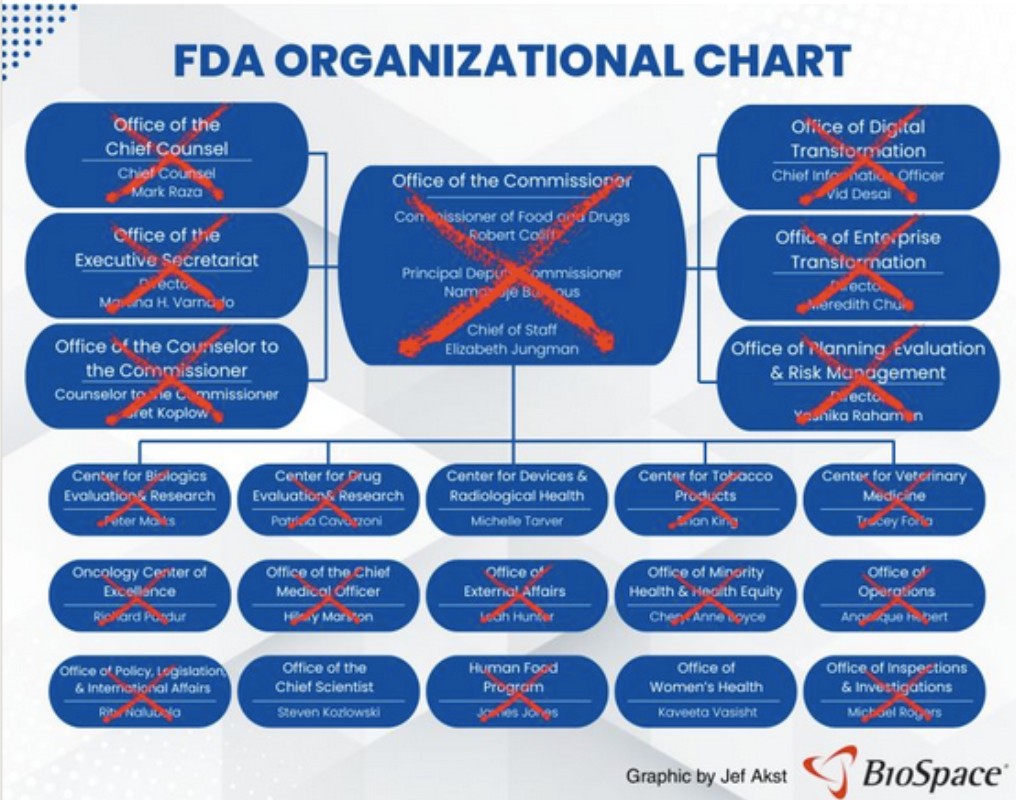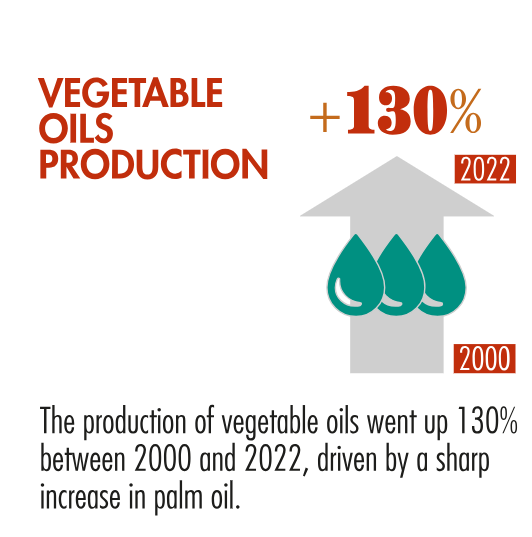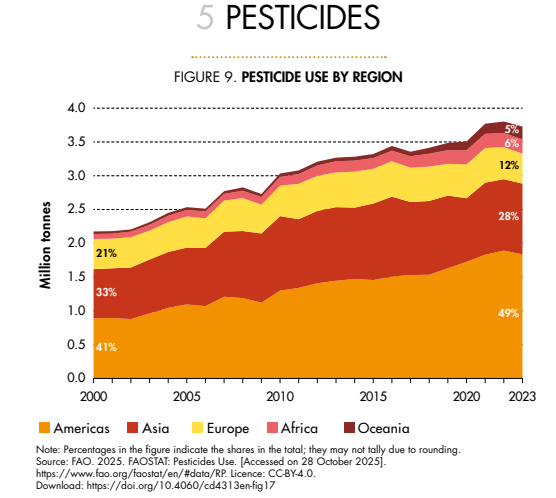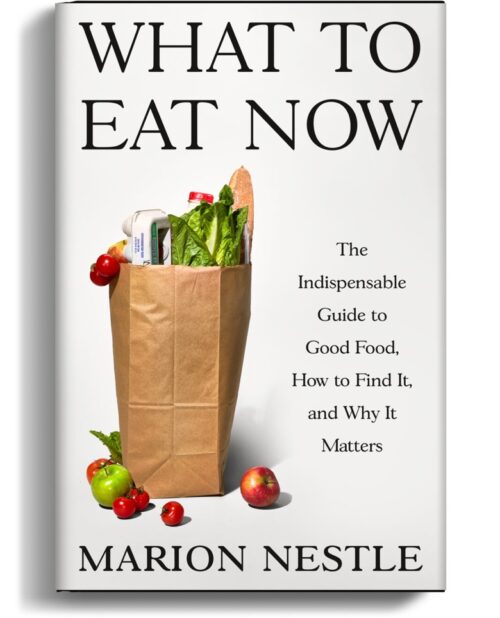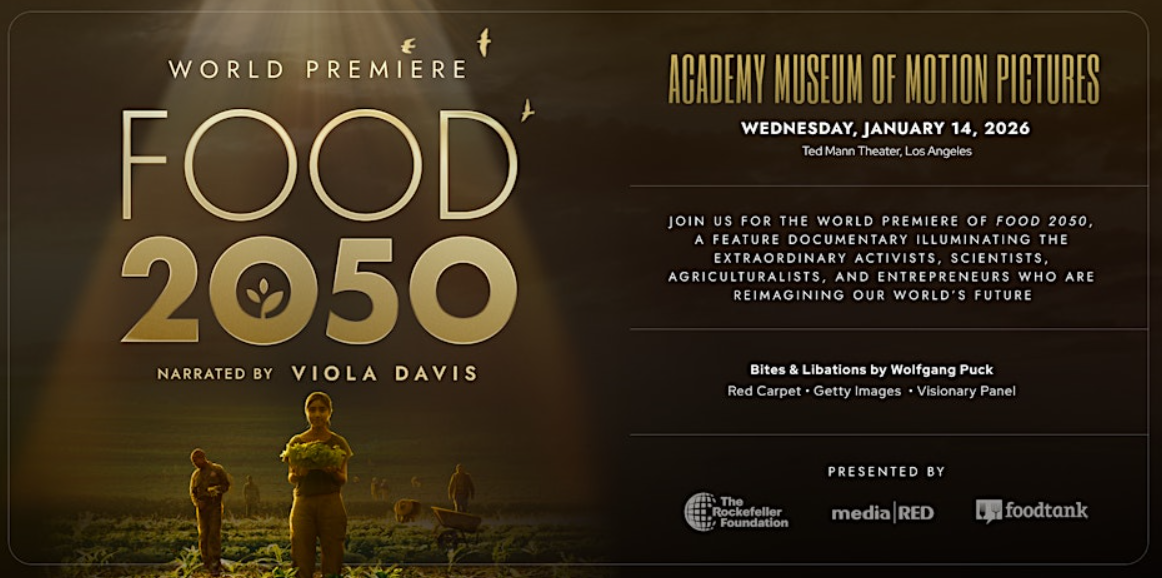Instacart’s dynamic pricing: it’s wrong. Protests stopped it!
Alert to readers: Amazon.com displays listings for several more workbooks, study guides, and cookbooks purportedly based on my book, What to Eat Now (see previous post on this). I did not write any of them. Caveat emptor!
___________________________
As I keep saying, food companies are not social service or public health agencies. They are businesses with stockholders to please and pleasing stockholders is their first priority.
Even so, I am occasionally still shocked by business practices.
Here’s one: Same Product, Same Store, but on Instacart, Prices Might Differ
The shoppers were volunteers, participating in a study published on Tuesday and organized by the Groundwork Collaborative, a progressive policy group, and Consumer Reports, a nonprofit consumer publication. In tests in four cities across the country, nearly 200 volunteers checked prices on 20 grocery items on Instacart.
They found considerable variation in prices charged for the same market basket of food items at the same store at the same time.
I went right to the study. The results:
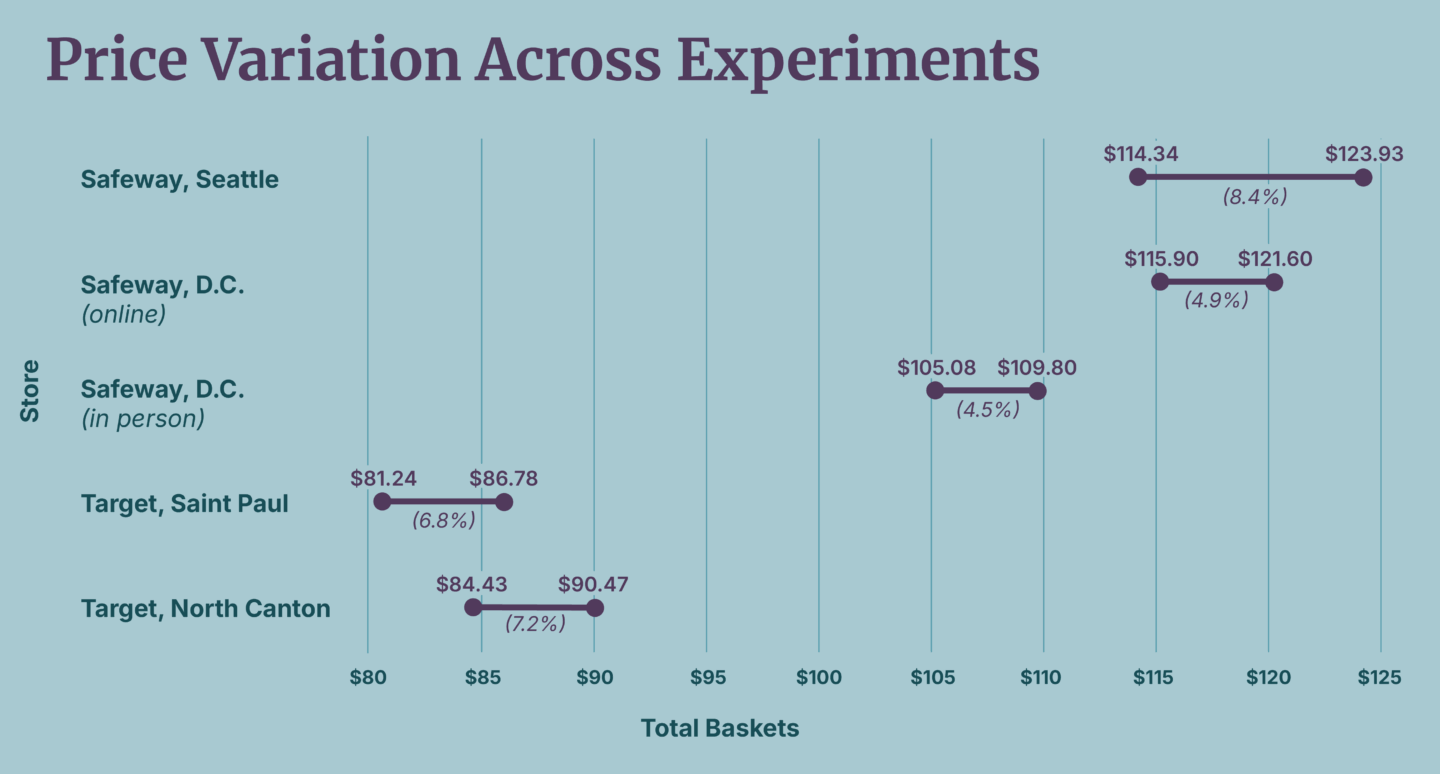 I knew this was happening with airline prices (if you search for a specific flight and look for it again later the price will be higher).
I knew this was happening with airline prices (if you search for a specific flight and look for it again later the price will be higher).
But food? Apparently so.
The Federal Trade Commission is already after Instacart for gouging customers with unspecified fees and difficult refund policies, as I leared from reading Instacart to Pay $60M to Settle FTC Claims It Deceived Shoppers.
FTC alleges the company misled consumers on fees and memberships while Instacart denies wrongdoing, citing compliance with law.
Instacart has agreed to pay $60 million in refunds to settle the U.S. Federal Trade Commission’s allegations that the online grocery delivery platform deceived consumers about its Instacart+ membership and free delivery offers…Instacart’s offer of “free delivery” for first orders was illusory because shoppers were charged other fees…The company did not adequately notify shoppers that free trials of its Instacart+ subscription service would convert to paid memberships, and misled consumers about its refund policy, the agency said.
And now dynamic pricing?
When you sign up for Instacart, you give the company personal data it can use to charge you the highest price possible.
Instacart claims it is not breaking any laws.
The Trump administration says it is taking on all this.
Instacart now says it won’t do this anymore.
Yay!

